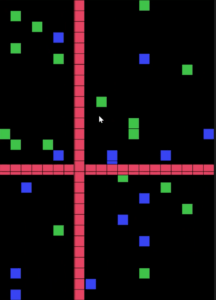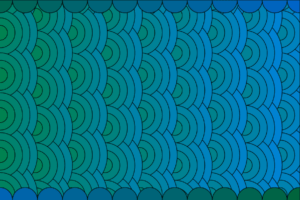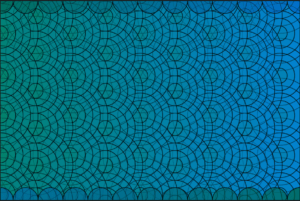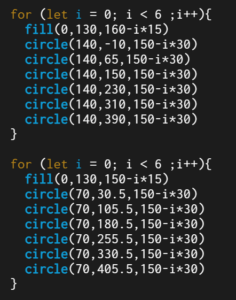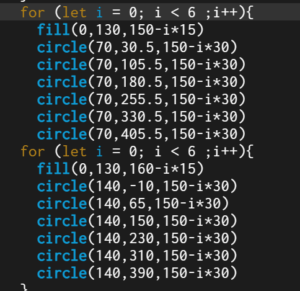The article explores generative art, an artistic approach using algorithms and randomness to create unique, often unpredictable, artworks. It highlights its history, key concepts, and showcases artists’ works, emphasizing the fusion of creativity and computation to produce dynamic and ever-evolving pieces of art.(This is a brief summary from ChatGPT)
According to my own understanding towards generative art, it is an art created by instructions. Even though it included randomness, it still inside the rules. I have made 2 projects on p5 Javascript, obviously, AI cannot think by itself which is definitely true. It just followed the code I had written. Somehow, my projects are aligned to this generative process, which contains thoughts, creativity and logic. The only difference might be, I am not using randomness frequently but concrete commands.
Instructions are solid, but human or even AI may filter some of them automatically which cause misinterpret. Here is a set of rules I created:
- Rock, paper, scissor, shoot(to decide who is going to draw)
- The one who wins can draw a random pattern
The rest two people need to use a random vertex of the first pattern to draw two other vertex-based patterns.
- After completing the round, choose a new random center on the paper.
- Repeat steps.
During the drawing, me and my friends truly misinterpreted a instruction ‘draw two other patterns’. Does it mean respectively draw 2 patterns or each person draw one pattern? For this is a random process, we just let this move forward, because when it comes to computer, it won’t stop or just present syntax.
Before I created this rule, I did imagine the outcome. When misinterpretation happens, the process is unpredictable. However, the whole pattern’s outline may be similar and that is the representation in control. So how to balance the control and the unpredictability? First, write the right code or send out correct commands. Second, when unpredictable things happen, try to find out the wrong place( or ask Chatgpt for help). Third, make different prototypes and try again and again until we find the best solution.
After all, using the right logic is the most basic thing so that the AI can follow the direct rules. Randomness itself is making the process more convenient and more efficient and that is why we call generative.
